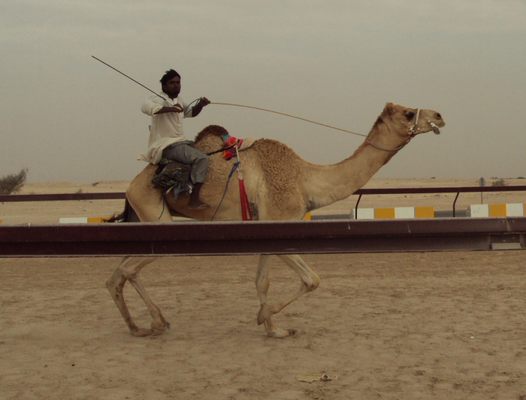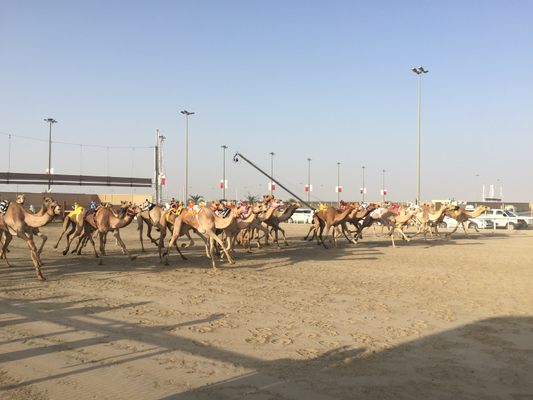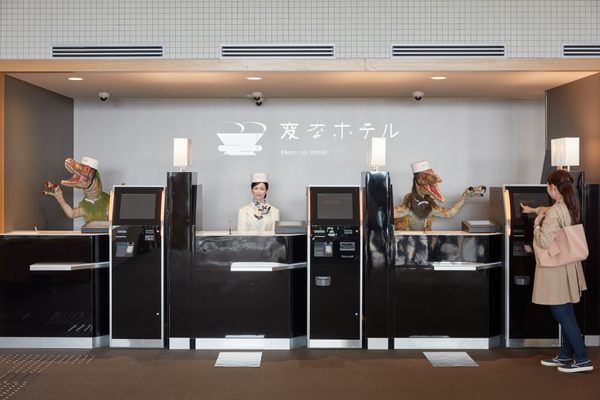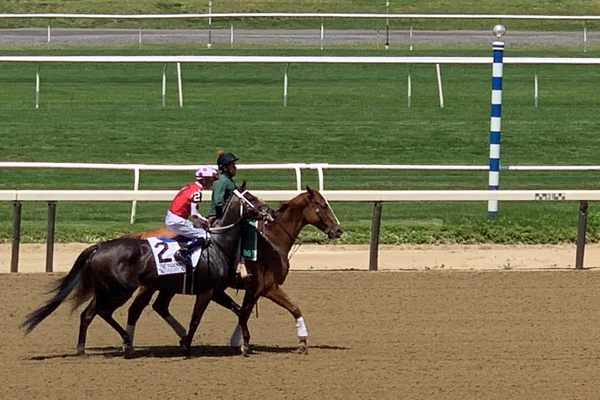About
People have raced camels for thousands of years. But in recent decades, the popular desert spectacle has received a 21st century twist: robot jockeys.
The weight of a jockey, obviously, affects the animals’ speeds. In the past, children as young as four years old were used as jockeys in several countries that host camel races. The introduction of robot jockeys is, therefore, not only about camel speed, but also about human rights.
In 2005, child jockeys were banned in Qatar. Even before the official ban, robot jockeys had been steadily replacing human riders. Other countries in the region made similar moves, turning the ancient sport of camel racing into a strange fusion of animal and technological power.
The robot jockeys are little more than remote-controlled mechanical whips. If, however, you add a speaker to the contraption so that the owner can “encourage” the camel to run faster and cover the whole apparatus with some racing silks, well, the image of a robot jockey is not too far off.
The Al Shahaniya track hosts tournaments where camels run races of varying lengths. Depending on how many batches of camels compete, the competitions usually last from 1.5 hours to three or more. Depending on the length of the race and the speed of the camels, each race lasts about 10 to 15 minutes.
As the camels run, a convoy of cars follows them along a road that hugs the racing track. The cars are packed with owners, trainers, and spectators cheering on their favorite entries.
Related Tags
Published
December 8, 2017





























































